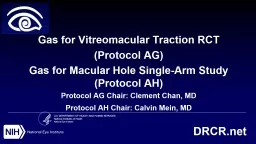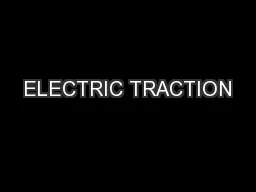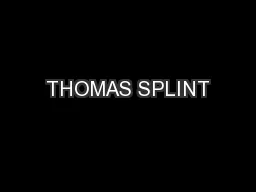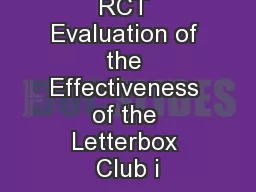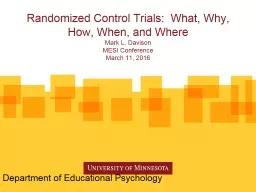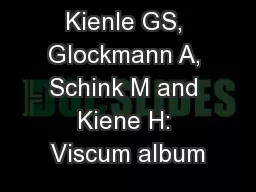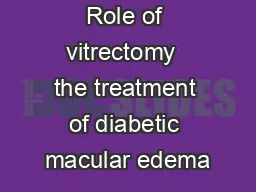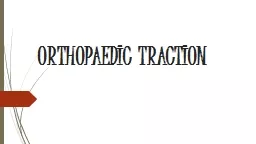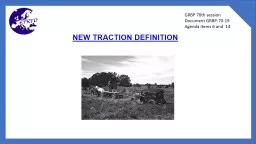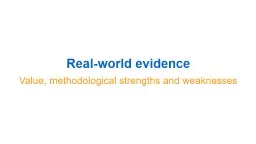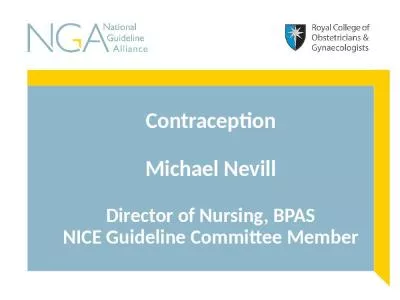PPT-Gas for Vitreomacular Traction RCT
Author : tatiana-dople | Published Date : 2019-11-24
Gas for Vitreomacular Traction RCT Protocol AG Gas for Macular Hole SingleArm Study Protocol AH Protocol AG Chair Clement Chan MD Protocol AH Chair Calvin Mein
Presentation Embed Code
Download Presentation
Download Presentation The PPT/PDF document "Gas for Vitreomacular Traction RCT" is the property of its rightful owner. Permission is granted to download and print the materials on this website for personal, non-commercial use only, and to display it on your personal computer provided you do not modify the materials and that you retain all copyright notices contained in the materials. By downloading content from our website, you accept the terms of this agreement.
Gas for Vitreomacular Traction RCT: Transcript
Download Rules Of Document
"Gas for Vitreomacular Traction RCT"The content belongs to its owner. You may download and print it for personal use, without modification, and keep all copyright notices. By downloading, you agree to these terms.
Related Documents

